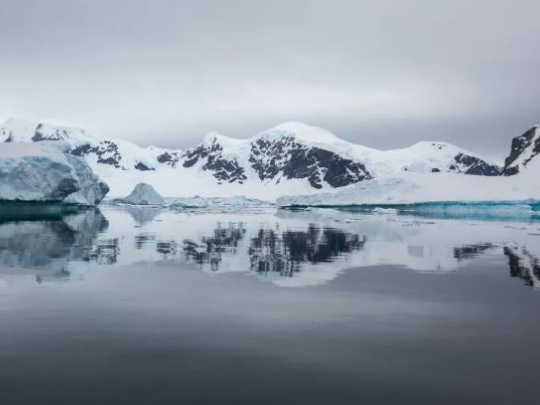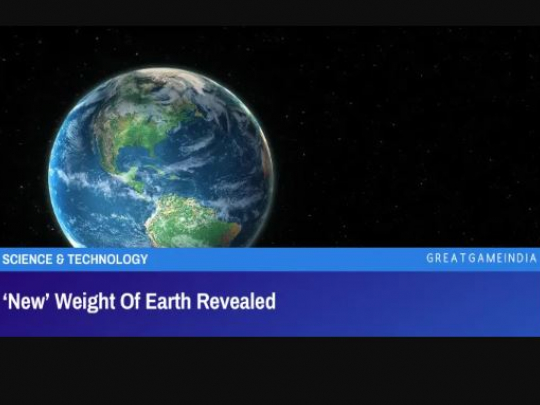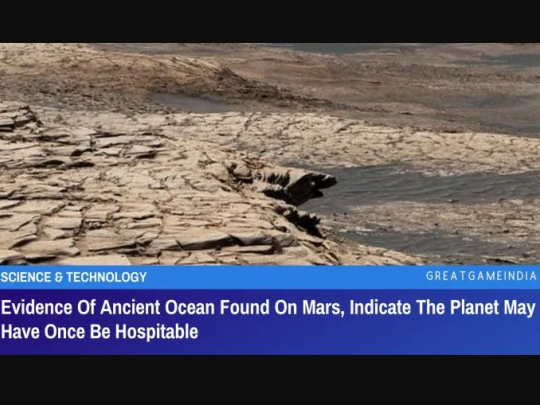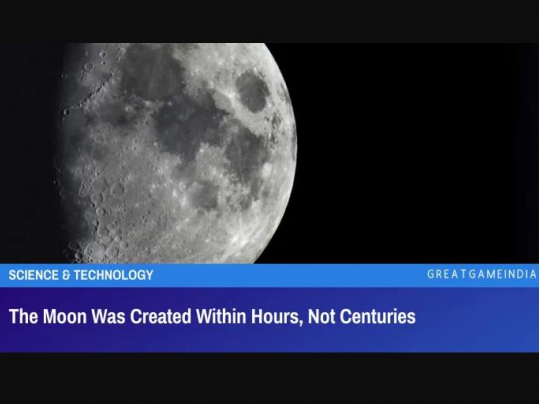Selfie Alert: NASA Rover Sends Two Self Portraits Back to Earth
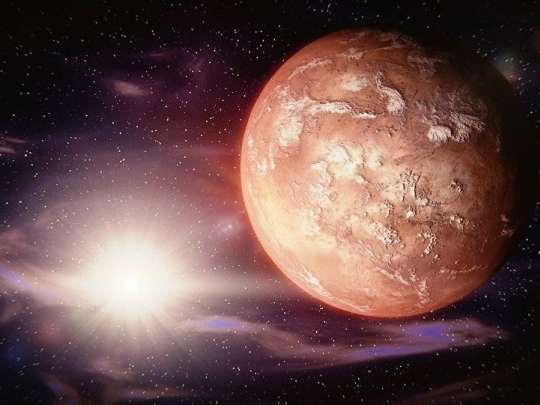
Using a 7-foot long camera called the Mars Hand Lens Imager (MAHLI), the Curiosity rover took the pictures on the foothills of Mount Sharp last month, a 3.4-mile high area near a site called Okuruso.
Curiosity spends most of its time drilling rocks and processing samples in the Mount Sharp area, and two of these holes can be seen in the photos. This research helped researchers understand the history of fluids on Mars at rock formations called Stimson and Murray.
"The big-picture story is that this may be one of the youngest fluid events we're likely to study with Curiosity," Albert Yen, a Curiosity science team member from NASA's Jet Propulsion Laboratory (JPL) in Pasadena, California, said in a statement.
"You had to lay down the Murray, then cement it, then lay down the Stimson and cement that, then fracture the Stimson, then have fluids moving through the fractures."
This research has provided surprising insights into the Red Planet.
"The story that the Murray formation is revealing about the habitability of ancient Mars is one of the mission's surprises," said Curiosity project scientist Ashwin Vasavada, also of JPL.

"It wasn't obvious from pre-mission data that it formed in long-lived lakes and that its diverse composition would tell us about the chemistry of those lakes and later groundwater."
In the period between November and May, the 2,000-pound rover had to cross the Naukluft Plateau and investigated sand dunes.
"Now that we've skirted our way around the dunes and crossed the plateau, we've turned south to climb the mountain head-on," said Vasavada. "Since landing, we've been aiming for this gap in the terrain and this left turn."
"It's a great moment for the mission."
- Source : Sputnik News




